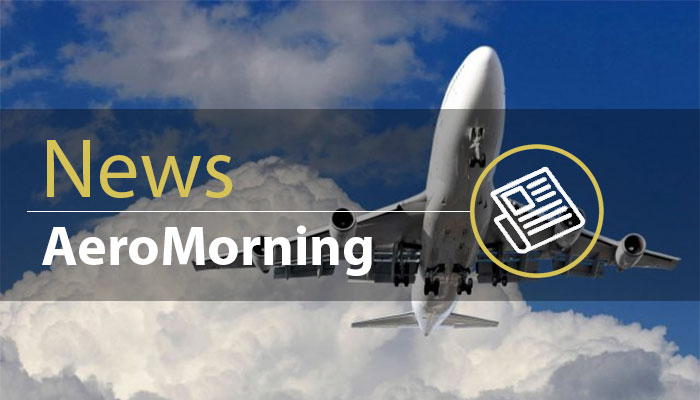IBA ANALYSIS: AIRLINE CARBON COMPLIANCE COSTS SET TO DOUBLE FROM LATEST EU ETS PROPOSAL
– Cost of compliance could more than double following latest EU Emissions Trading Scheme proposal –
An analysis from IBA, the leading aviation market intelligence and consultancy company, has identified a major impact on the aviation industry from the EU’s Emissions Trading Scheme (ETS) relative to CORSIA.
The latest proposal from the European Commission and Council states that the free allocation of emission allowances will be phased out between 2024 and 2026 (excluding 20 million allowances to be set aside to incentivise the uptake of sustainable aviation fuel. The graph below uses publicly available data from the EU ETS data viewer to visualise aviation in the EU and UK since its introduction in 2012.

The level of freely allocated allowances has not dropped below 69% since 2012 and has maintained 86% in recent years. The news that this will close to zero within three years is of significant concern for operators and their cost of compliance. Additionally, the verified emissions shown in light blue only account for intra-EU flights. The cost of compliance could more than double if, as the proposal suggests, the EU ETS finds CORSIA (ICAO’s Carbon Offsetting and Reduction Scheme for International Aviation) to be an ineffective measure in 2026 and includes extra-EU flights.
While the intention of this stringency is to incentivise innovation into decarbonisation pathways, meeting the incoming cost of compliance will be paramount to aviation stakeholders, including operators, lessors, and financers.
As only intra-EU flights are to be included in the EU ETS for at least the next three years, low-cost carriers are most exposed to the increasing cost of compliance, hence the pushback at the latest announcement from Ryanair. They argue that the most polluting flights departing from Europe are long-haul sectors, emphasised by the fact that network carriers such as Lufthansa and KLM are further to the right of this graph.

It is worth mentioning that only departing flights to the UK and Switzerland are included in the EU ETS, so most of the ETS exposure of British Airways and easyJet will fall under the jurisdiction of the UK ETS. While these are just a selection of flag carriers and large-scale operators, the impact of the EU’s amendments to the ETS won’t be felt uniformly across the industry.
Source : IBA









Be the first to comment on "Airline Carbon Compliance set to Double"